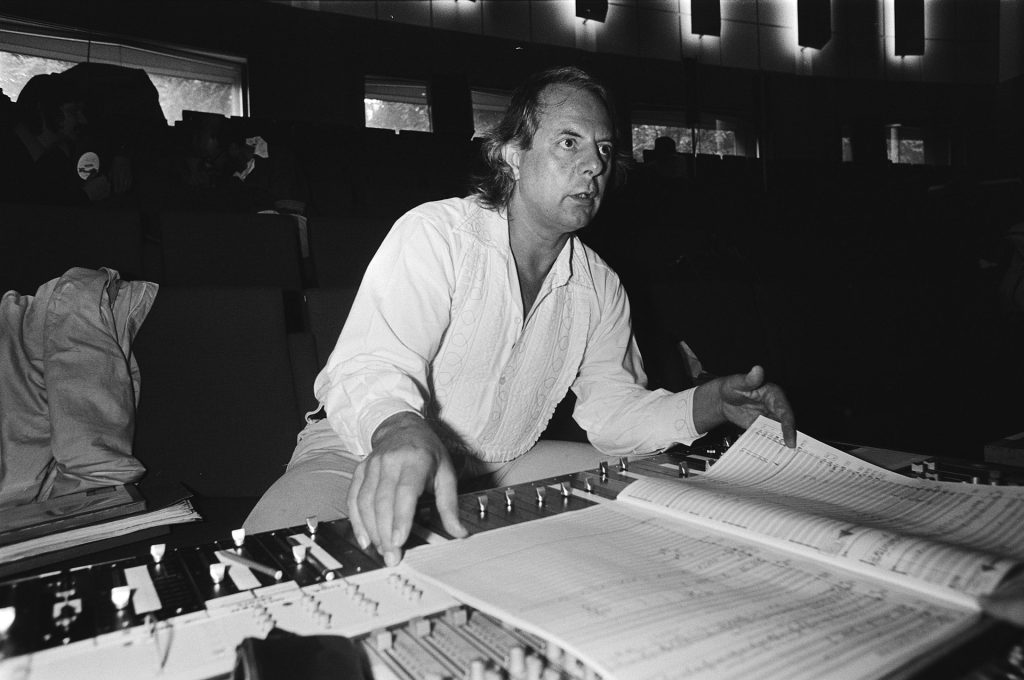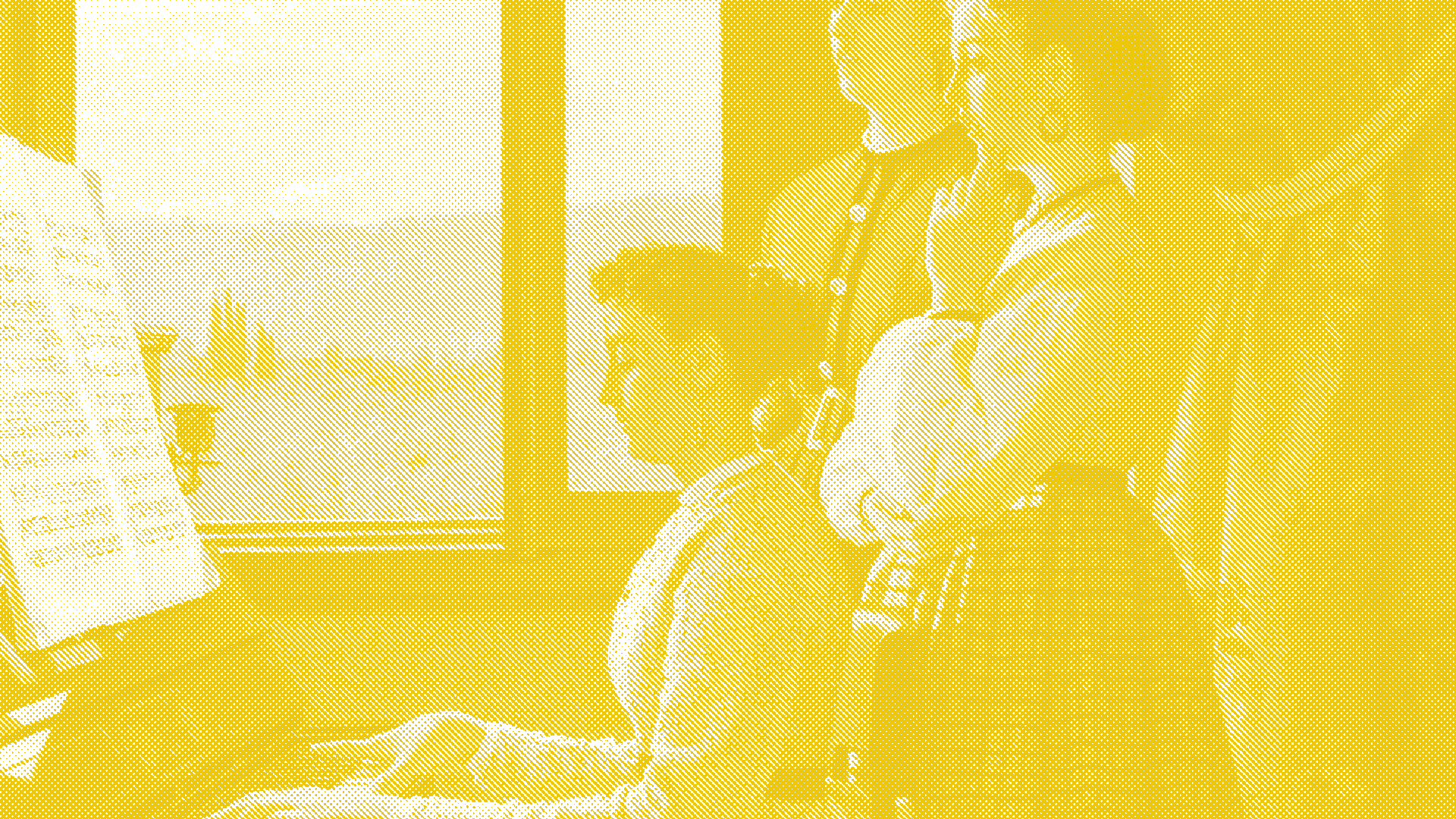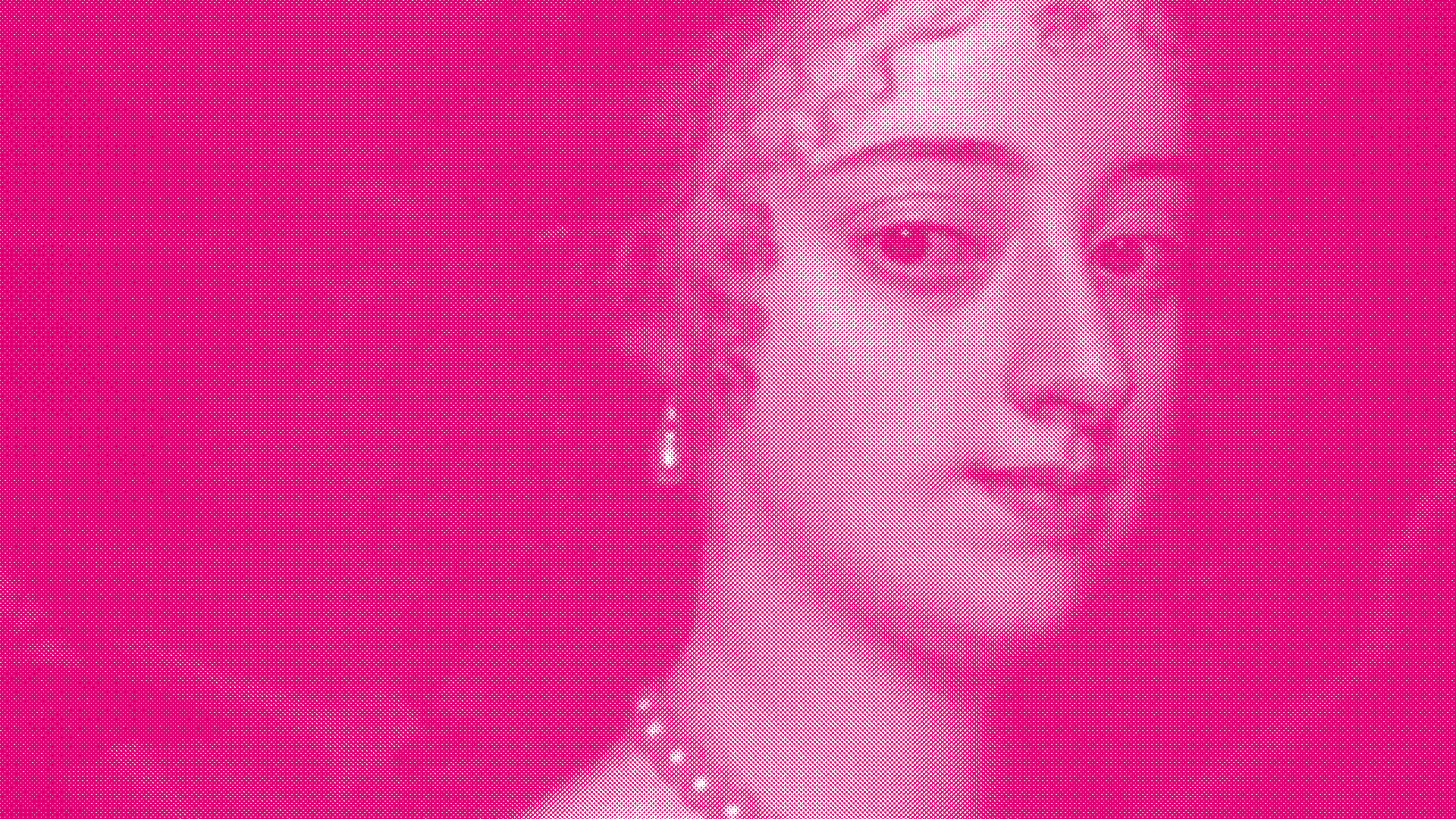
From 4 minutes
to 13 hours
CHAPTER 1 / INTRODUCTION
In the chapter From 4 minutes to 13 hours you will find operas you can watch during the intermission between the 4th and the 5th hour, and others that you can watch as part of the curriculum. Yannis Kalavrianos, the stage director of Offenbach’s La Belle Hélène, talks about some of the factors that define the running time of a show and explains to us how the fast pace of modern life can determine the running time of spectacles such as opera.
Stage director Yannis Kalavrianos talks about some of the factors that define the running time of a show and explains to us how the fast pace of modern life can determine the running time of spectacles such as opera.
The following texts are written by Artemis Ignatidou.
CHAPTER 2 / MIXING UP HOURS WITH MINUTES…
How much time do you have at your disposal? An hour after school? The whole afternoon (and some of the evening)? A three-day weekend or so? Did I just meet you at the door and you have to leave in eight and a half minutes at the most? No problem! I’ll put on an opera and you will still catch the bus.
The truth is that before you accept an invitation to the opera you should definitely ask how long it lasts. Last summer I was invited to a performance that lasted four and a half hours! I didn’t go but I was told it was great. As with films, plays and musicals, the length of an opera depends on many factors: the composer’s preferences, the era in which the work was created, the style of the opera and the length of the story, or the cost of production.
The excellent opera that I did not see, for example, was a baroque opera. And I didn’t watch it, not because it was four and a half hours long but because I already had plans for the evening. Most operas in the Baroque period were long and you should already be able to imagine one of the reasons for this. Apart from the fact that television had not yet been invented and people had a life expectancy of about 55 years, theatre and opera were places where people could enter at will, listen some, play a bit of chess, leave, and return if they so desired. Therefore, performances were long shows that lasted for hours, people watched as long as they wanted and then went on with their day. Something like today’s youtube, except you had to be physically present, it was three-dimensional, and the person next to you could be eating garlic bread.

Highlights from the opera Dido and Aeneas by Henry Purcell. Cpnductor: Manos Hadjidakis, stage direction: George Christodoulakis, set and costume design: Antonis Kyriakoulis, Olympia Theatre (1975/76).
Don’t be scared though, there are many shorter baroque operas to see in case you don’t have that much time. Dido and Aeneas by the English composer Henry Purcell, for example, lasts only an hour, and L’incoronazione di Poppea by Claudio Monteverdi is about two and a half hours long. On average, productions staged by major opera houses last between two and a half and three hours, but of course there have been tiny and huge operas that attract interest not only for their content but also for the length of the production.
Does the length of an opera matter? Why do you think a composer would wish to write a very long opera?
CHAPTER 3 / FROM EPIC DIMENSIONS...
Starting with the operas that will keep you busy for several hours, the longest opera regularly performed to date is Richard Wagner’s Die Meistersinger von Nürnberg (1868), which lasts five hours and 15 minutes. Wagner seems to have loved large-scale works, so in addition to the Meistersinger, he composed Parsifal (1882) which lasts about four hours, the opera Tristan und Isolde (1865) which again requires a four-hour time-slot, and the opera tetralogy Der Ring des Nibelungen, which is a series of independent operas on the same theme (cycle), with a total duration of 15 hours. Like The Lord of the Rings but with better music (and six hours longer). Similarly, in 2003 composer Karlheinz Stockhausen completed the heptetology Licht: Die sieben Tage der Woche; a cycle of operas he began composing in 1973 and which last a combined total of 29 hours of music.
But while Wagner’s Meistersinger may be the largest opera regularly performed, it is not the longest opera ever. Hungarian-American composer Gabriel von Wayditch, seems to have loved grand operas just as much, with many of his compositions lasting over five hours and the opera Eretnekek lasting over eight hours.35https://nmbx.newmusicusa.org/finding-a-home-for-the-longest-opera-ever-written/ In 1973 director Robert Wilson presented The Life and Times of Joseph Stalin, a production that lasted 13 hours and 25 minutes.36https://robertwilson.com/the-life-and-times-of-joseph-stalin

Karlheinz Stockhausen (1928-2007), composer of the heptetology Licht: Die sieben Tage der Woche, which lasts 29 hours in total, Rob Croes for Anefo, CC0, via Wikimedia Commons.

Highlight from the co-production of the Greek National Opera with the Easter Festival Baden-Baden, Otello by Giuseppe Verdi. Conductor: Stathis Soulis, stage direction, scenography and lighting: Robert Wilson, Stavros Niarchos Hall (2022).
CHAPTER 4 / …TO MINIATURES
Therefore, lengthy opera works will set you back by at least 27 hours and a quarter, while the cycles mentioned above will keep you busy for another 34.
At the end of those two and a half days of opera, with no breaks or sleep time, I’m sure you’ll need something slightly shorter to refresh your mind. So let me introduce you to French composer Darius Milhaud’s cycle of miniature operas. Milhaud composed three miniature operas with a total duration of 27 minutes, the shortest of which, La Délivrance de Thésée, 1927, lasts just seven and a half minutes. In 1993, La Délivrance de Thésée ceased to be the shortest known opera, after the Welsh composer Peter Reynolds presented the miniature opera Sands of Time, which lasts four minutes and a few seconds. In 2013, American composer Missy Mazzoli entered the competition for the shortest opera with her work A flourish of Green, but as the miniature lasts between five and seven minutes, it is already considered huge.
And if these operas seem too brief after all, you can always give Paul Hindemith’s 14-minute satirical opera Hin und zurück (1923) or Francis Poulenc’s 40-minute opera La voix humaine (1958) a try.
Highights of the GNO production of the one-act opera La voix humaine by Francis Poulenc. Conductor: Panaghis Pagoulatos, set and costume design: Tota Pritsa, Alternative Stage, 2019
If it is not the language barrier that prevents you from listening to your favourite miniature operas, composer Theofilos Lambrianidis and librettist Andriana Minou presented in Greece the 15-minute opera Berenice and the Three Bears at the University of Macedonia in 2017.
The first minutes of the one-act opera A hand of Bridge by Samuel Barber, with a total duration of 9 minutes, with soloists Nikos Stefanou, Flora Tzini, Elena Marangou, Giorgos Mattheakakis, Olympia Theatre (2010).
As you can understand from the particular examples shown above, the duration of an opera depends on the specific needs of the work, the composer’s intention to present a work of epic dimensions or a concise musical idea, but also on the amount of time the audience is used to devoting to opera. When choosing the opera you want to see or hear, find those works that interest you the most, either for their music, plot or staging. After all, time flies when we are enjoying ourselves, and, in any case, if you don’t like an aria you can simply move on to the next track.
QUIZ / FROM 4 MINUTES TO 13 HOURS
ACTIVITIES / FROM 4 MINUTES TO 13 HOURS
Introduction
Connection to the curriculum
– Music
– Modern Greek Literature
Main themes
– Poetry
– Haiku
– Movement and singing
– Dramatization
Suggested duration
2 teaching hours
Educational objectives
– Exploration of creative writing skills
– Development of imagination
– Cultivating expression through movement
– Τext dramatization
– Development of creativity
– Promotion of collaborative practices (in the classroom)
As in music a work can last from a few minutes to half a day, similarly in literature length can vary from short poems to novels of a few thousand pages. A typical example of particularly short poetry is the Japanese haiku, which consist of just 17 syllables.
In most classical operas, the plot is complex and it requires stage time and space for its development. As various composers in the last century have tested the time limits of opera to both extremes, in this activity we will also try to dramatize a haiku in class with the limited resources available to us.
For our activity we can choose one of the two haiku that you will find in the Music Workbook of the second grade (chapter Melodic Exotic Improvised Μelodies, pg. 18).
Drizzle in the lake
only a single drop of wine
and the sun will set.
– From George Seferi’s Sixteen Haikus
Old pond – frogs jumped in – sound of water.
– Matsuo Bashō (1644-1694)
Translated by Lafcadio Hearn
1681/6, transl. 1898
https://en.wikisource.org/wiki/Frog_Poem_(Hearn)
Step 1
Choose one of the haikus above.
Discuss in the classroom the feelings it evokes and the images it brings to your mind. Does it make you feel calm or tense?
Step 2
Keeping in mind the feelings that the poem evokes, try to set it to music or recite the lines of the poem rhythmically.
In the Music Workbook of the second grade (chapter Melodic Exotic Improvised Melodies, pg. 18) the use of the pentatonic scale is suggested for the musical setting of the haiku. For this activity you may pick any musical scale. Otherwise, if you prefer rhythmic recitation to singing, you can stick to a single note.
When you have found your preferred rhythm and melody, sing the haiku in a group and repeatedly.
Step 3
When the group performance of your haiku has reached a satisfactory level, try to combine the song with movement.
Think of ways in which your movement can convey the lyrics of the haiku. Whereas the song is short and repetitive, the movement could be slow. That is to say, while a repetition of the haiku might be only a few seconds long, a sequence of movements could be a minute or two long.
Think of ways in which movement can acquire a dramaturgical role. Divide the students into groups. For example, in George Seferis’ haiku, one group of students could represent the lake and the other the sun. How could the students’ movement recreate the sun fading out?
Step 4
Continue rehearsing for as long as necessary to make the final performance as synchronized as possible.
The piece you will present at the end of the activity could be as short as 2 minutes in total.



